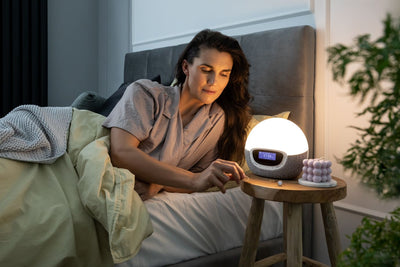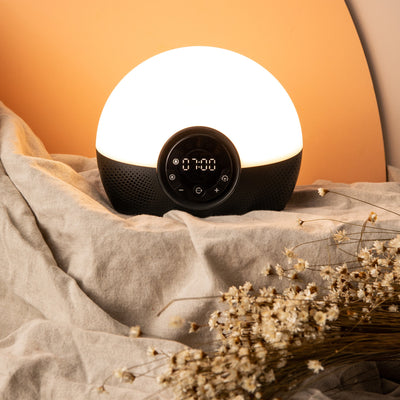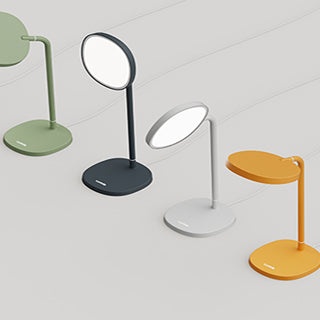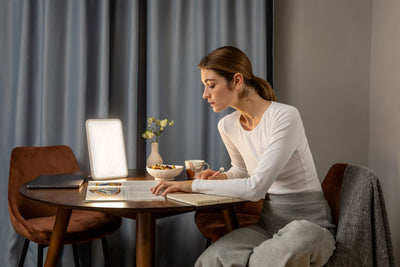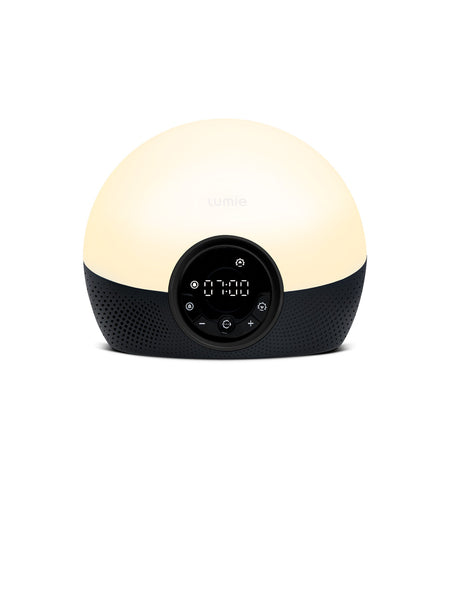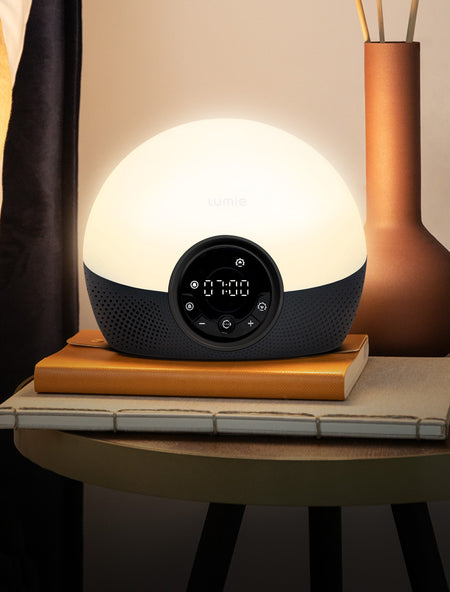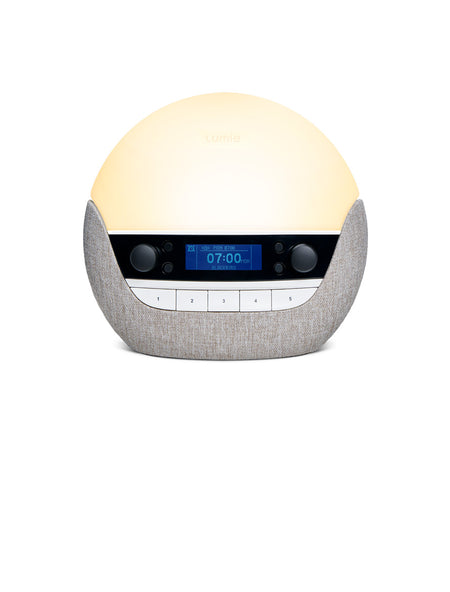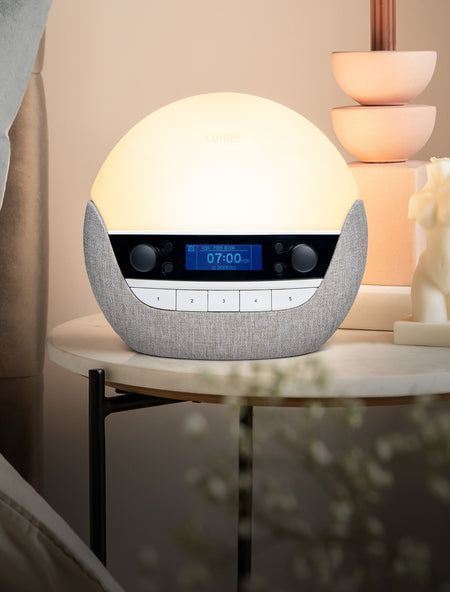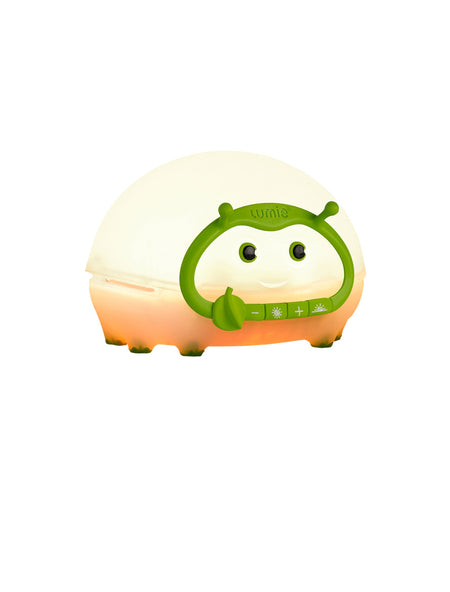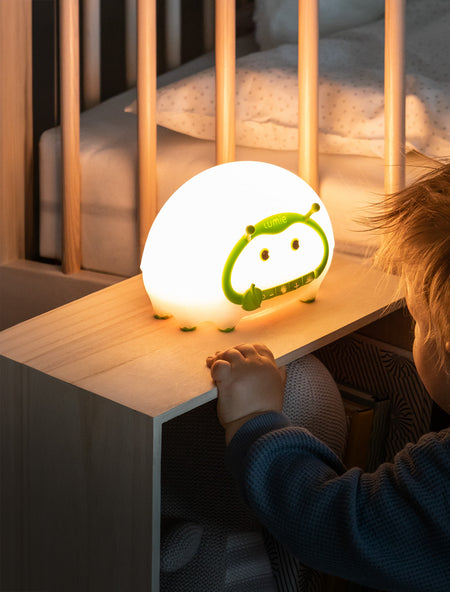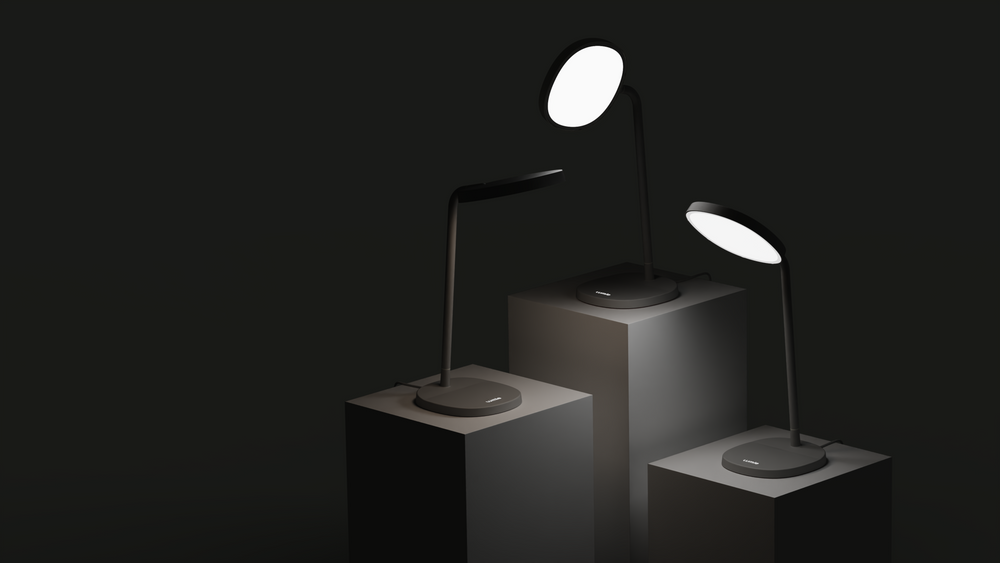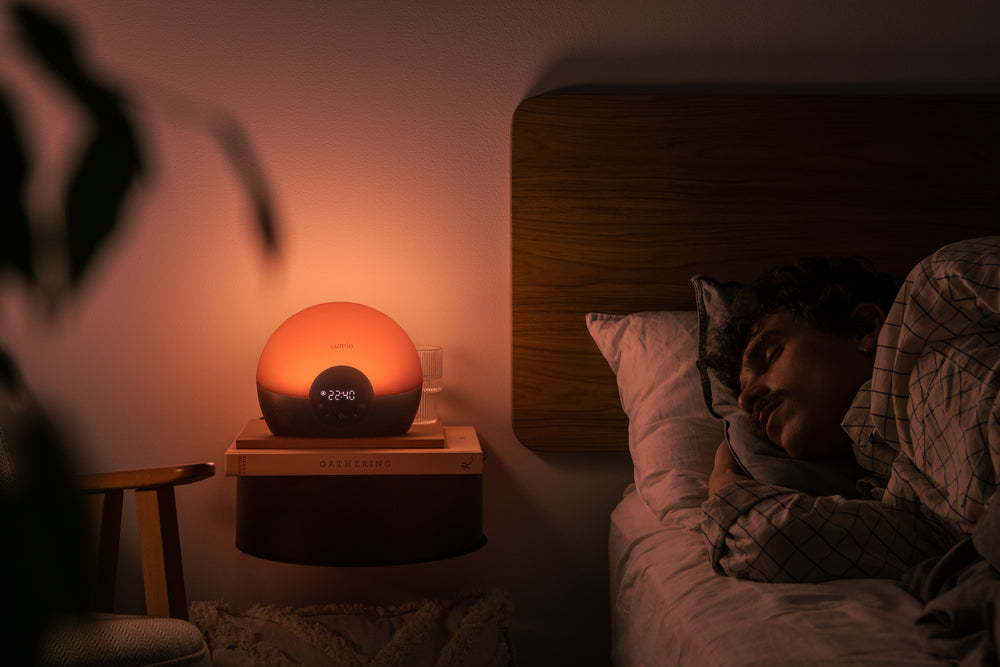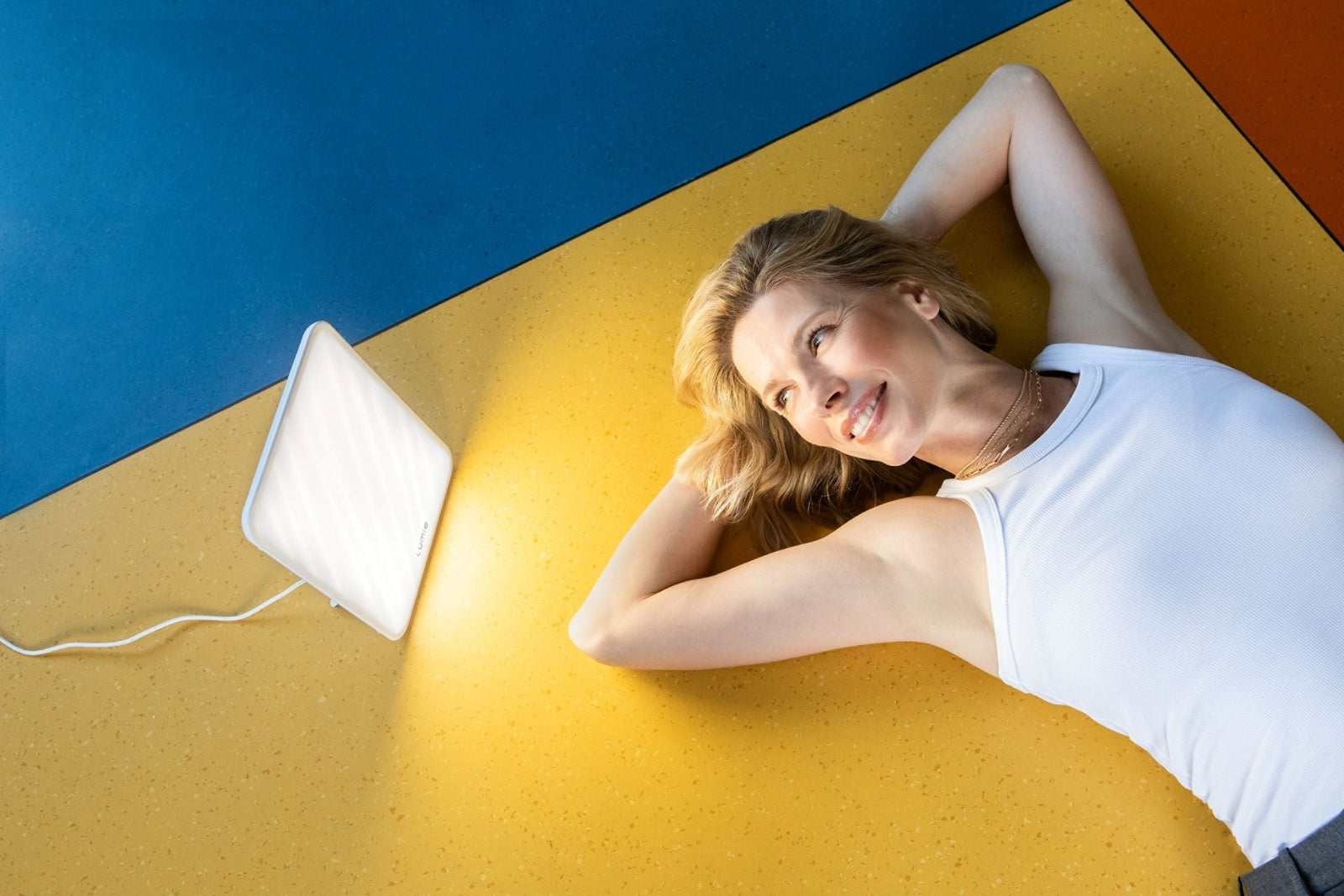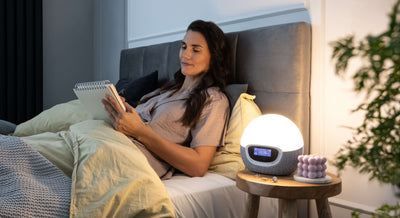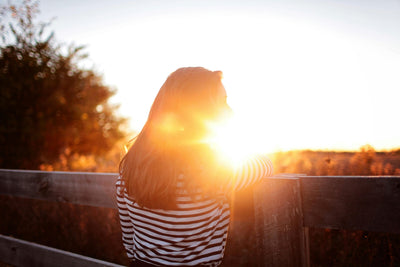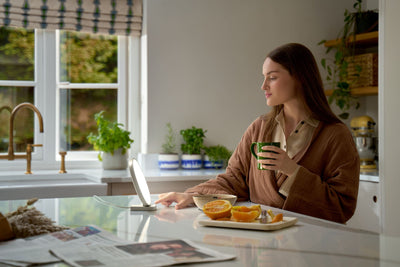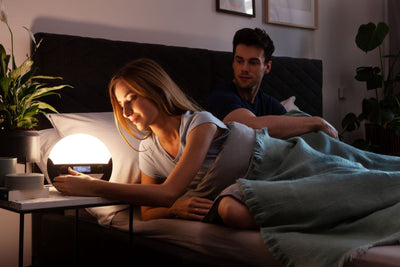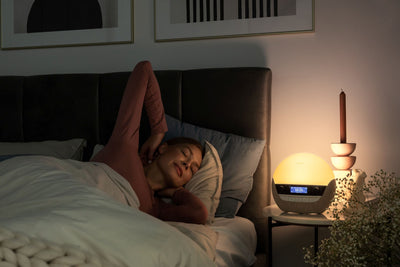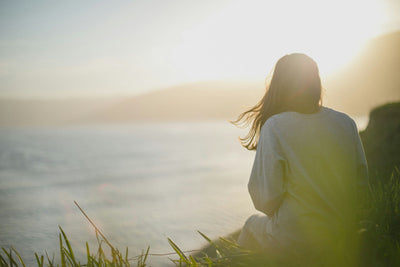SAD lights and vitamin D: dispelling the myths
SAD lights bring the mood-boosting powers of sunlight indoors; however, a common misconception is that they are also a source of vitamin D. Let’s unpack this and dispel the myth once and for all!
Bright light therapy provides an effective solution to boosting mood, energy and alertness, just like sunlight. This is particularly important when exposure to natural daylight is limited during the autumn and winter months and when in dimly lit environments. Bright light therapy devices such as SAD lights do not, however, act as a source of vitamin D in the same way that sunlight does.
How do SAD lights work?
What many of us experience during the bright, summer months, is that sunlight naturally helps to boost mood, energy, and alertness levels. This is because sunlight has the ability to influence our body chemistry, including the levels of melatonin and serotonin in the body. When daylight hours are limited and time spent indoors increases, many people experience fatigue, sluggishness and irritability due to inadequate exposure to light. Bright light therapy products mimic natural daylight, providing a boost to alertness, mood and energy, just like sunlight, and they serve as an effective treatment for winter blues and seasonal affective disorder.
What is vitamin D good for and how does sunlight influence its production?
Vitamin D plays an influential role in maintaining muscle and bone health as it helps to regulate calcium and phosphate levels in the body. It also impacts mood and energy levels. In order to produce vitamin D, UVB rays from the sun interact with a protein in the skin (7-DHC) which converts into vitamin D3.
Why aren't SAD lights a source of vitamin D?
Depending on their manufacturer, SAD lights produce minimal or no UV rays at all. As it is the interaction of UV rays with a protein in the skin which leads to the production of vitamin D, SAD lights do not facilitate vitamin D production.
Should SAD lights be combined with vitamin D supplementation?
When exposure to natural daylight is limited, the use of SAD lights with vitamin D supplementation could provide a highly effective solution to supporting your overall health and well-being. The UK government advises that everybody should consider daily vitamin D supplementation during the autumn and winter months.
SAD lights provide a much needed boost to mood, energy and concentration, and with vitamin D supplementation, you can also receive immune support.
Why not check out Lumie’s SAD and energy lights to boost your mood this winter? The recently launched Lumie Task simulates sunlight like never before, with crystal clear illumination for maximum visual comfort and bright light therapy for better mood and energy. Our best-selling SAD light, Vitamin L, is also a real game-changer and can be used in both portrait and landscape orientation! If you are looking for something compact, the brand-new Lumie Mini could be the perfect solution for you, and if you are looking for a stylish addition to your home, check out Lumie Halo! Pairing our bright light therapy products with a wake-up light will also elevate your light therapy experience to the next level.
